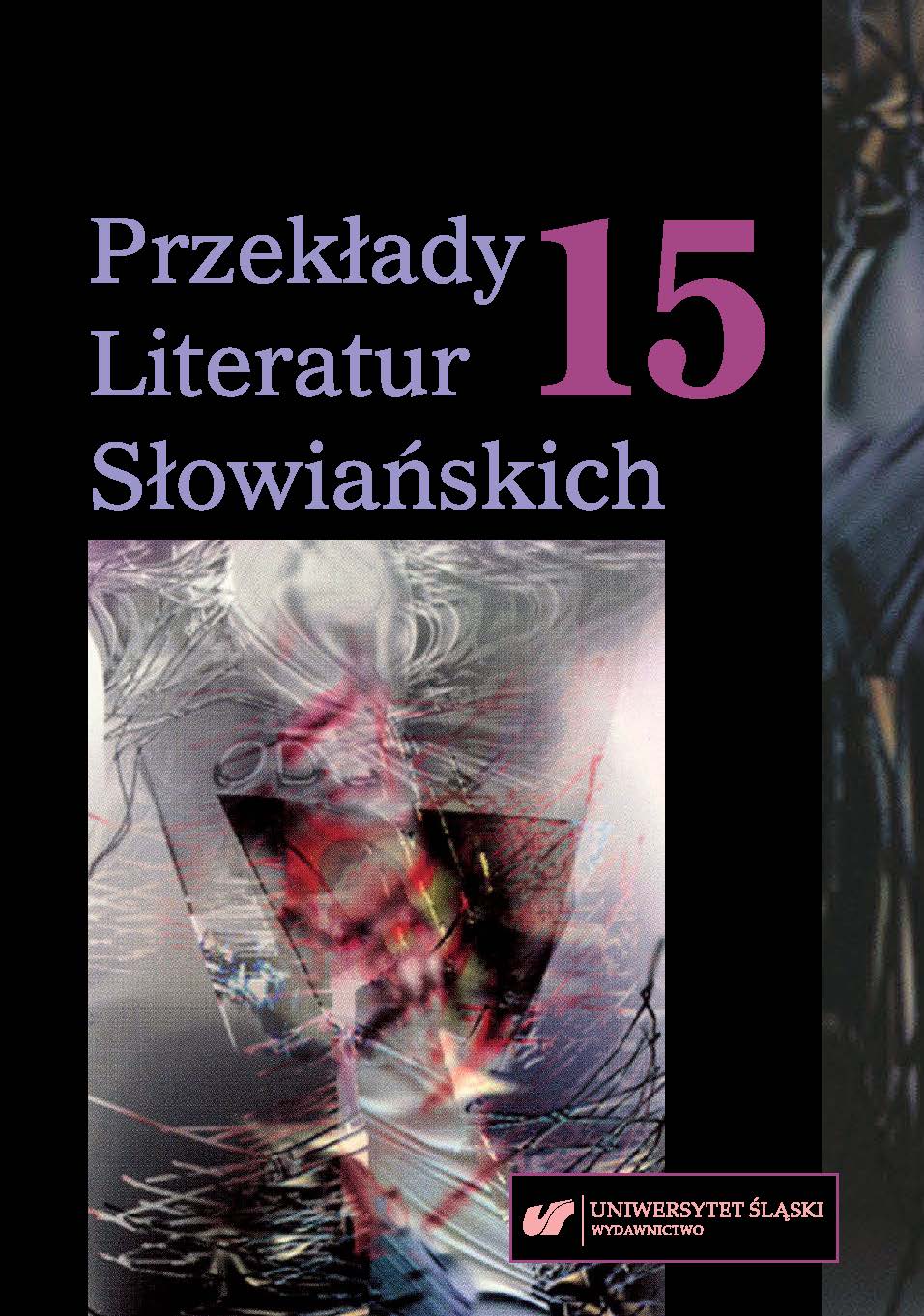

Tom 6, część 2 rejestruje tłumaczenia, których ilość i wybór w zakresie autorów i konkretnych utworów charakteryzują potrzeby poznawcze i estetyczne kultur i literatur przyjmujących. Tom ten obejmuje wzajemne związki translatorskie (i nie tylko) między literaturami bułgarską, chorwacką, czeską, macedońską, serbską, słowacką i słoweńską a polską. Różnice i podobieństwa ujawniające się w wyniku transferu językowego stanowiąc wyzwanie dla tłumacza, okazują się kreatywnymi, choć czasem trudnymi relacjami kulturowymi. W ich wyniku powstają nowe związki rozszerzające spektrum poznawcze, emocjonalne i estetyczne w kulturach przyjmujących w kręgach czytelników oraz twórców. Ich rozprzestrzenianie zależy w znacznej mierze od instytucji życia literackiego, kontaktów osobistych autorów i tłumaczy, a także od reklamy i praw rynku. Autorzy komentarzy próbują spojrzeć krytycznie i analitycznie na twórczość przekładową z perspektywy roli tłumacza we wzajemnych kontaktach literackich, potrzeb kultury przyjmującej przez niego reprezentowanej, instytucji uczestniczących (wydawnictwa, nakłady, czasopisma, książki itp.), stopnia trudności tekstu wyjściowego. Obejmują swoją refleksją różne obszary: cały rok, próbując znaleźć jakąś wspólną wykładnię dokonanych wyborów czy zaangażowanych tłumaczy; lub koncentrują się na jednym utworze ze względu na obecność w nim szczególnego problemu translatologicznego. Konfrontacja faktów, jakie przynosi bibliografia z refleksją nad nimi specjalistów pozwala zobaczyć w nich złożoną problematykę związaną z sąsiedztwem, transwersją (a także transgresją), globalizacją i glokalizacją kultur. Kultury słowiańskie, choć poprzez języki można by uznać za spokrewnione, zostały ukształtowane w odmiennym toku dziejowym, wchodząc w kontakt z kulturami niesłowiańskimi. W wyniku procesu historycznego językowe podobieństwo okazuje się złudne, reprezentując różniące się w efekcie odczuwanie rzeczywistości, rozumienie i jej wyrażanie. Krótkie komentarze nie tyle wyjaśniają zawiłości kulturowe, osobowe i artystyczne, ile mają na celu zainspirować czytelnika do współudziału w odkrywaniu słowiańskich odrębności.
Bibliography of Translations of Slavic Literatures (2014)In Volume 6, Part 2, we compile translations, the number and selection of which, in terms of concrete authors and works, is determined by the cognitive and aesthetic needs of the receiving cultures and literatures. This volume covers the mutual relationships (chiefly as regards translation) between Bulgarian, Croatian, Czech, Macedonian, Serbian, Slovakian, Slovenian and Polish literatures. The differences and similarities which manifest themselves as a result of linguistic transference, and which pose challenges to translators, are treated as products of creative, albeit occasionally difficult, cultural relationships. They are conducive to new relations that broaden the cognitive, emotional, and aesthetic spectrum in the receiving cultures among circles of readers and writers. Their dissemination depends in great measure on literary institutions, on personal contacts between authors and translators, and on advertising, as well as the laws of the marketplace. The contributors of the commentaries herein attempt to look critically and analytically at translation from the perspective of the translator’s role in maintaining and developing mutual literary contacts; the needs of the receiving culture the translator represents; the participating institutions (publishers, circulations, journals and magazines, books, etc.); and the level of difficulty of the original work. The commentaries cover various areas over the course of the entire year, in an attempt to find a common denominator for the choices made and the translators engaged. They also focus on single works in an attempt to examine in the presence of a distinct translation issue. The juxtaposition of critical analysis with fact – supplied by the bibliography, along with commentary by specialists – allows us to see in these articles a web of complex, at times problematic relationships between the neighbourhood, transversion (and transgression), globalization, and glocalization of cultures. Slavic cultures, though linguistically related to each other, have been formed in distinct historical processes which involved coming into contact with non-Slavic cultures. In the course of these processes, linguistic affinity turns out to be illusory as it in fact represents practically different modes of experiencing, comprehending, and expressing reality. The aim of the short commentaries in this volume is not so much to explain cultural, personal and artistic complications as to inspire the reader to participate in the exploration of the varieties of Slavic otherness.

Tom 15 (2025)
Opublikowane: 2025-12-19
 10.31261/PLS
10.31261/PLS